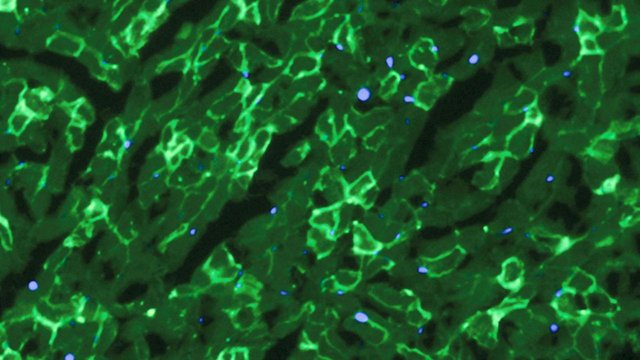CRISPR Restores Muscle Function

Using CRISPR, researchers have successfully treated congenital muscular dystrophy type 1A (MDC1A), a rare disease that can lead to severe muscle wasting and paralysis, in mice. The team was able to restore muscle function by correcting a splicing site mutation that causes the disorder.
Instead of inserting the corrected piece of information, the researchers used CRISPR to cut DNA in two strategic places. This tricked the two ends of the gene to come back together and create a normal splice site.
By targeting both the skeletal muscles and peripheral nerves, the team was able to improve the animals’ motor function and mobility. Experts know the peripheral nerves are important, but the skeletal muscles have been perceived as the main culprit in MDC1A and have traditionally been the focus of treatment options.
The robustness of the correction the researchers saw in animal models was very encouraging.
Scientists have used CRISPR to fix a protein deficiency in adult mice with another rare muscle disease, Duchenne muscular dystrophy (DMD). Scientists also tackled this disorder in another study using the gene editing tool to remove a duplicated gene and restore protein function in the cells of a patient with DMD.
For the first time it’s possible to think about the possibilities of gene correction in humans with these diseases.
For further information: